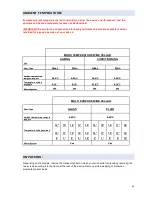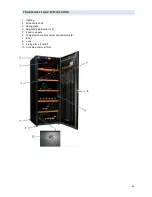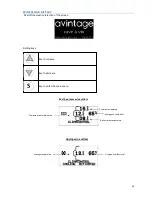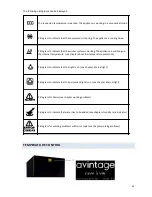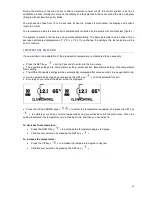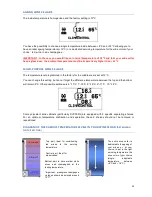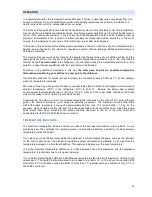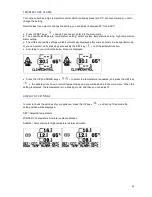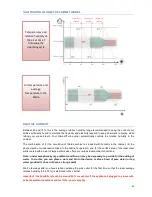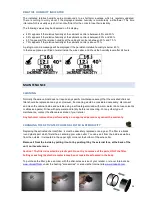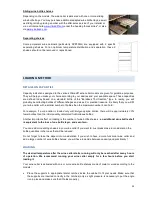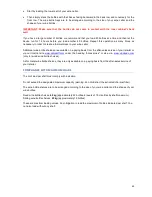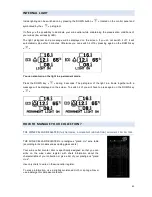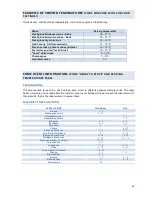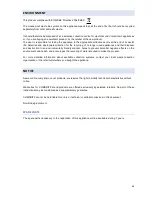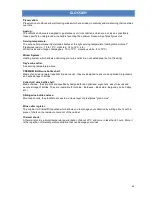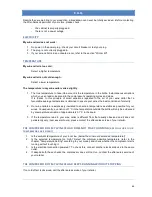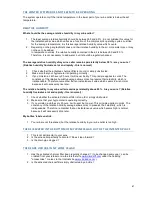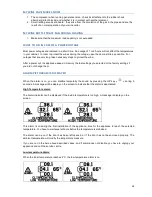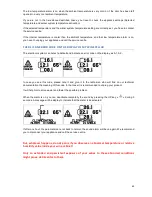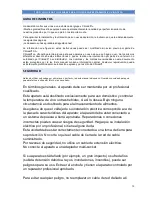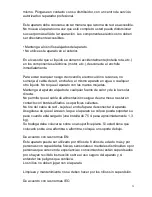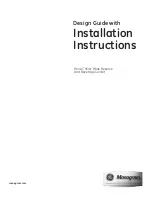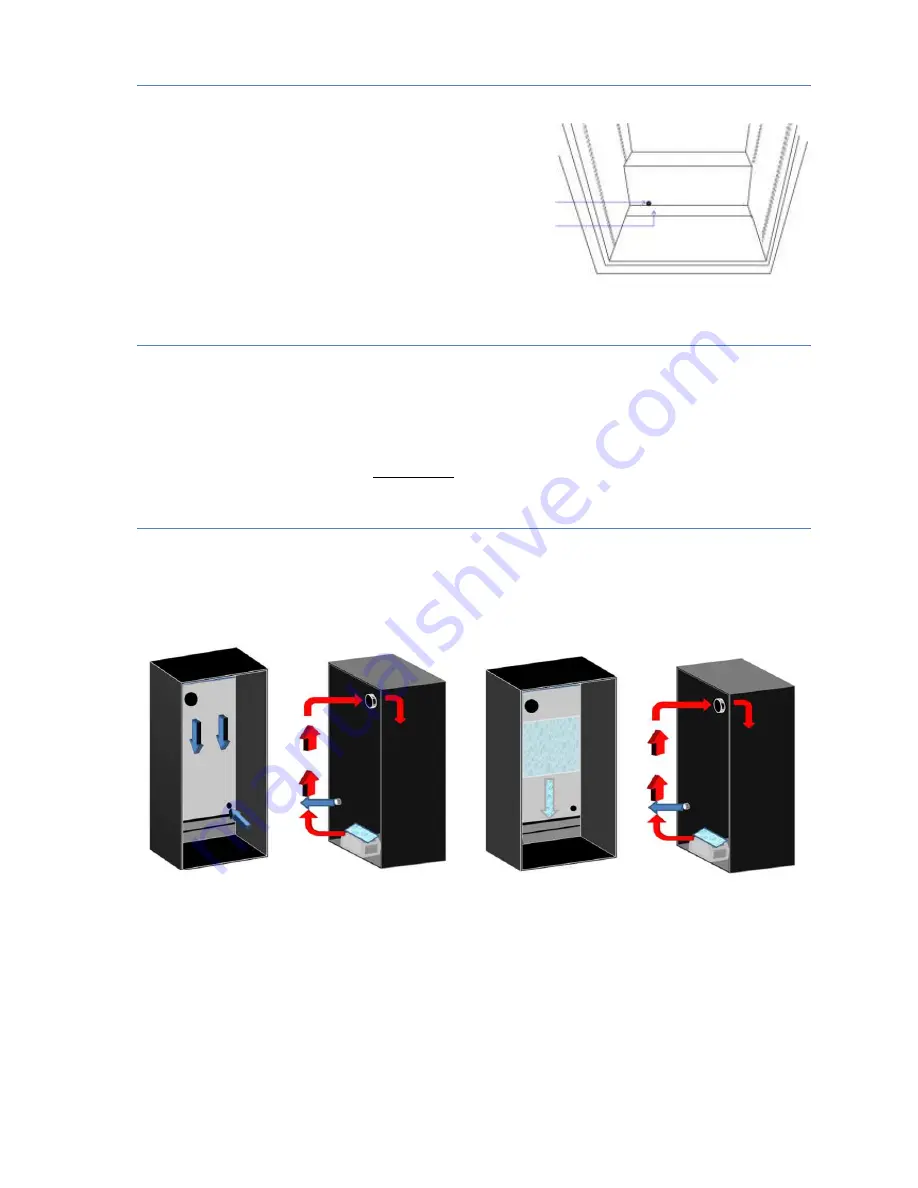
57
Condensate water evacuation
hole
Condensate water recovery
gutter
EXTENDED STOP
Presence of water is normal.
TRANSPORTING THE WINE CABINET
The cabinet should be transported wherever possible in its original package to avoid any risk of
deterioration.
If you should transport the wine cellar laying down, it must be protected and laid on the side where the
compressor's loading nozzle is facing downward.
If you are standing up the wine cellar from the rear, lay it down on the left side.
DEFROST CONDENSATION
The cabinet is equipped with an automatic defrost cycle. When the cooling cycle is finished, the
refrigerated parts of the cabinet are defrosted automatically. The water from the defrost is channelled into
an evaporation tray which is located in the back of the cabinet close to the compressor. The heat from the
compressor then evaporates the water from the tray that will be drawn up by the charcoil filter, bringing
humidity inside.
The wine cellar produces cold air that is heavier than the warm air, so it drops slowly. It creates a pression
and push out the air by the hole located in lower part of the appliance.
When the compressor is on, it heats and makes evaporate the condensate water. The warm air goes up
and this wet air is sucked by the carbon filter.
To the evaporator contact, the air humidity turns to ice. When the compressor stops, the internal
temperature will increase slowly, the ice will melt. Condensation appears.
The condensate excess will be collected by the water tank located on the compressor. When the
compressor starts again to operate, the closed air circulation circuit starts again.
Completely disconnect the device.
Be sure to remove the bottles.
Clean and dry the inside of the
tank and especially the condensate
water recovery gutter located in the
bottom part of the cabinet.




